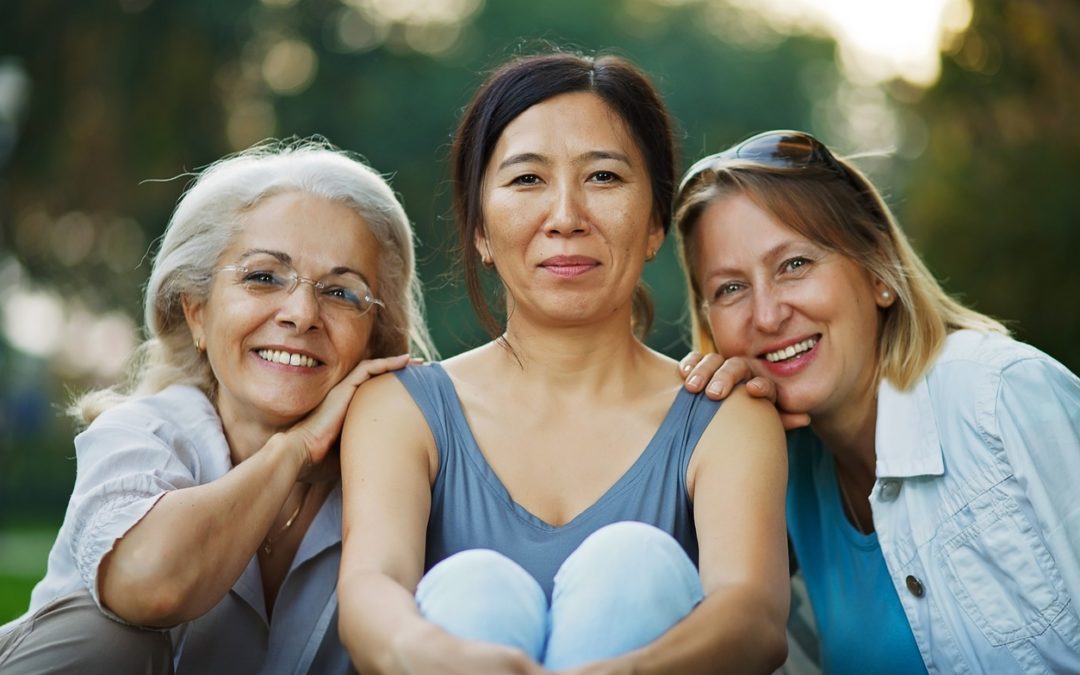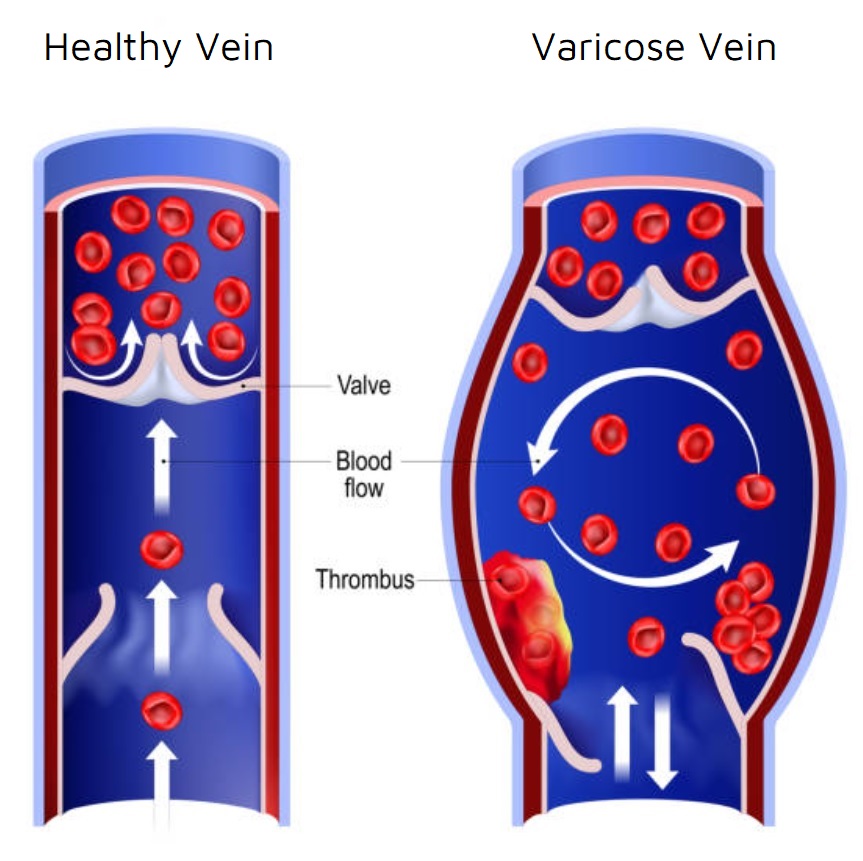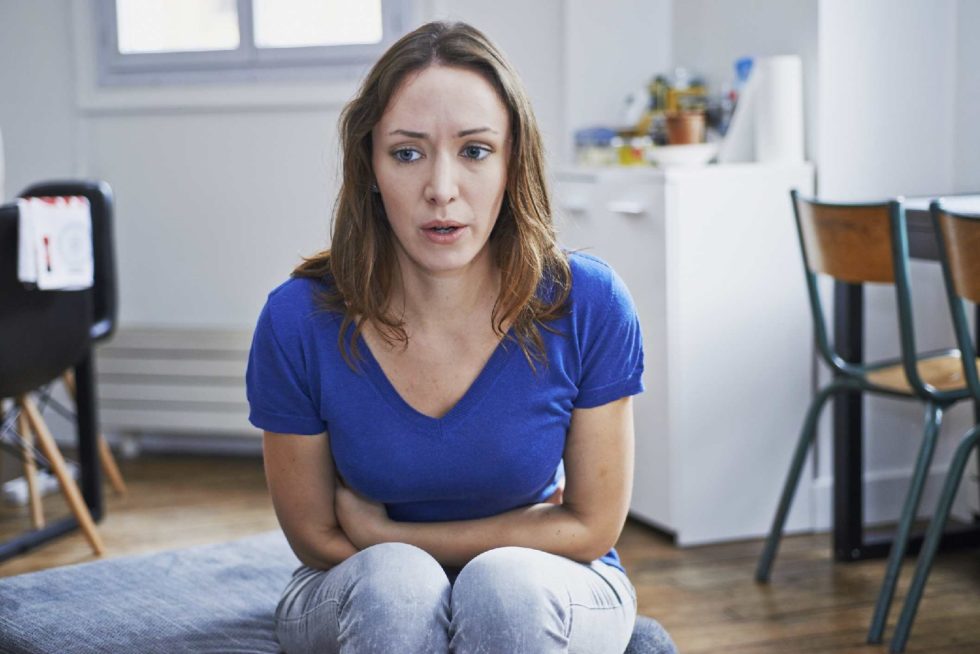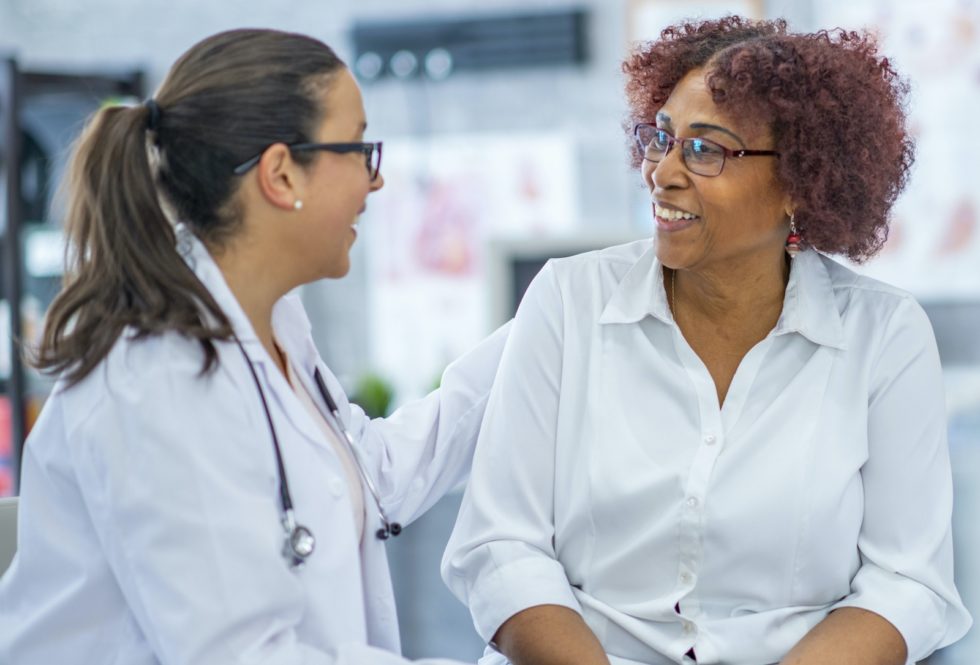Vein Problems Are a National Concern for Women Just Like You
Author: StrideCare Internal Team

Women already deal with many medical conditions and health risks in their lives, and the list of ones to be especially mindful of only grows with age. This includes everything from heart disease to breast cancer, obesity, diabetes, and menopause. Vein problems are also part of that list, and it’s easy to see why. While roughly 25% of men and women in the United States are affected by varicose veins and spider veins, the Office on Women’s Health points out that twice as many women as men are impacted. For some women, it’s just a cosmetic concern. But for other women, vein problems can become painful, dramatically impact their quality of life, and if left untreated, lead to more serious complications.
With May 8-14 as National Women’s Health Week, our team at StrideCare wants to remind everyone: While you may not be too happy about the look of your varicose veins, even the most minor vein problems are not something that should be ignored or simply covered up with long pants—especially for women. This is a time to encourage women of all ages to prioritize their health and take proactive steps to nip any underlying health conditions they may have in the bud.
Our Veins Simply May Not Work Like They Used To
Veins serve a specific purpose of sending blood from the legs back up to the heart regardless of whether you’re a man or woman. As we age, these veins can become narrow and even malfunction due to damage to the valves. As a result, blood flows forward but also backward, in the wrong direction (reflux).

This reversal of flow leads to pooling of backed-up blood, which then causes the veins to bulge, stretch, and enlarge. Some women don’t experience symptoms. Their varicose veins are more of a cosmetic annoyance that they cover up with long pants or flowing skirts. For others, the condition is very painful and includes any of the following symptoms:
Why Are Women More Susceptible to Vein Problems?
As previously stated, vein problems are an even bigger issue for women. These can manifest in a variety of ways. Initially, they may appear as smaller, superficial blue and purple spider veins on the outer layer of the skin. Spider veins are often considered a precursor to varicose veins. These bulging, twisted veins are hard to miss because they are overloaded due to a high volume of fluid build-up in the vein.
Varicose veins often occur on the legs, but for some women, they show up in the lower abdomen and pelvic region. This is known as pelvic congestion syndrome. It can cause swelling and chronic pelvic pain that feels like a dull, aching, or dragging pain in the pelvis or lower back—particularly when standing and worse around the time that a woman is menstruating.

There are two primary reasons why women experience vein problems more so than men:
1. Hormones
While the hormones estrogen and progesterone are key players in fertility and menstruation, it is a widely accepted fact that they are also responsible for damaging a woman’s veins and causing them to dilate. As a result, women are more likely to develop varicose veins than men.
2. Pregnancy
Along with the impact of hormones, multiple pregnancies naturally increase blood volume and stress on vein walls and valves as your body attempts to provide the baby with much-needed oxygen and nutrients. The extra weight in your belly during your pregnancy is also a key contributor to stressing out your veins.
Women’s Risks for Vein Problems
Beyond hormones and pregnancy, the following factors make women more susceptible to vein problems.
Heredity — Roughly half of all female patients with vein problems have a family history. So, if your mother or grandmother suffered from varicose veins, spider veins, or pelvic congestion syndrome, you are more at risk.
Birth control pills — As women use birth control pills, they increase the amount of estrogen and progesterone in their bodies. This only adds more stress to their veins.
Sedentary lifestyles — Not getting up and moving around limits blood circulation and causes vein problems.
Weight issues — Obesity is an important risk factor for all types of lower limb vein problems. Obese patients with lower limb venous disease are more likely to be symptomatic with their vein problems.
Standing for long periods — Statistically many women have occupations that require them to be on their feet a lot. This includes female caregivers. Two out of every three caregivers in the United States are women.
Top 10 Ways Women Can Reduce Risk of Vein Problems
- Educate yourself on the signs and symptoms of vein problems
- Get more exercise
- Choose healthier eating habits
- Wear compression stockings
- Quit smoking
- Avoid alcohol
- Avoid salty foods
- Avoid sitting or standing for too long
- Avoid high heels and tight clothing
- Consult a vascular vein specialist

StrideCare Can Help with Your Vein Problems
Vein problems can be overcome by understanding the next steps in your treatment plan and having the right team in your corner. Even if a symptom doesn’t appear to be too severe, you can see a vascular specialist to check if this is a vein issue. Our expert doctors and caring staff at StrideCare utilize the latest technologies and minimally invasive procedures to help our patients with a variety of vein and artery diseases.
Prior to starting any new treatment or questions regarding a medical condition, always seek the advice of your doctor or other qualified health provider. This information is not a substitute for professional medical advice.
StrideCare serves the South Texas area including Houston, San Antonio, Austin, Round Rock, Bastrop, Brushy Creek, Cedar Park, Converse, Georgetown, Hutto, Kyle, Leander, Marble Falls, New Braunfels, Pasadena, Pearland, Pflugerville, San Marcos, Schertz, Houston, Sugar Land, Katy, Webster, Bay City, Clear Lake, Lake Jackson, The Woodlands, Universal City, Spring, Kingwood, Stafford, Conroe, Texas City, Cypress, League City, Bellaire, and more.


